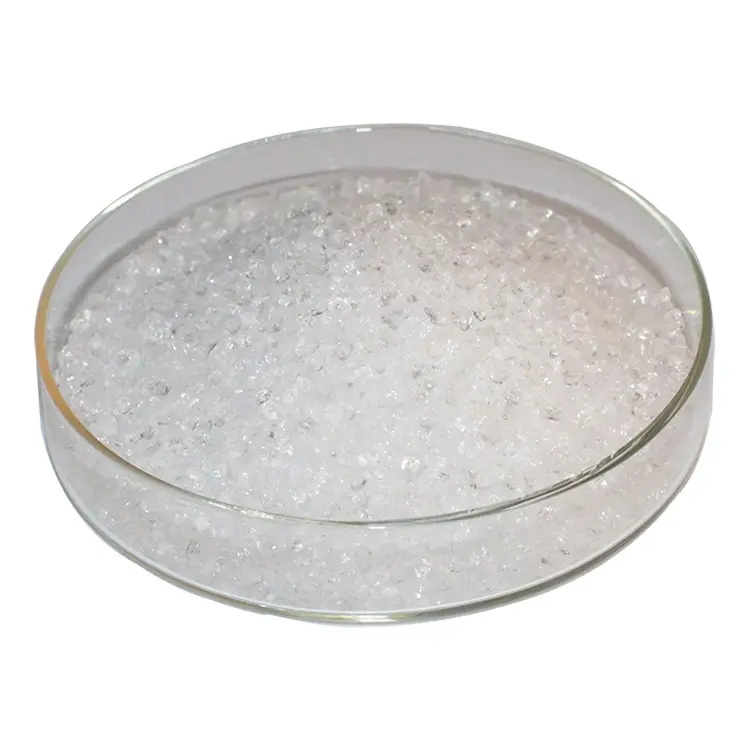Silicon dioxide plays an important role in the food industry and is mainly used to improve the physical properties and extend the shelf life of food products.
1. Anti-caking agent
Silicon dioxide can prevent food products from caking due to moisture absorption or pressure during storage, keeping them loose for easy use and storage. For example, in powdered foods such as milk powder, protein powder, coffee powder, silica can prevent the powder from caking.
2. Flow aid
Silicon dioxide helps food powders flow more smoothly during processing and packaging, improving productivity.
3. Adsorbent
Silicon dioxide has a strong adsorption effect, which can absorb the trace moisture in the food and keep the food dry and stable.
4. Anti-binding agent
Silicon dioxide is often used as an anti-binding agent in food processing, added to granular and powdered foodstuffs to prevent granular or powdered foodstuffs from aggregating and clumping and to keep them loose and free-flowing. These foods include egg powder, milk powder, cocoa powder, powdered sugar, phytolacca powder, instant coffee, powdered soups and so on.
5. Thickeners and stabilizers
Silicon dioxide can also be used as a thickener and stabilizer to help maintain the texture and structure of foods.
6. Adsorption drying agent and clarification aid for flavors and fragrances
In the food industry, silica is also used as an adsorption desiccant and clarification aid for flavors and fragrances to improve the flavor and appearance of foods.
Safety and Limitations of Use
Although silica has a variety of uses in food, its use must be strictly controlled within safe limits to ensure that it does not pose a hazard to human health. For example, the maximum use level in milk powder and egg powder is 15g/kg, while the maximum use level in powdered flavors is 80g/kg.
In summary, silica has a wide range of applications in the food industry, and its main roles include preventing agglomeration, promoting flow, adsorbing moisture, preventing bonding, acting as a thickeners and stabilizer, and acting as an adsorption desiccant and clarification filter aid for flavors and fragrances. However, their use must comply with relevant safety standards and limits.
